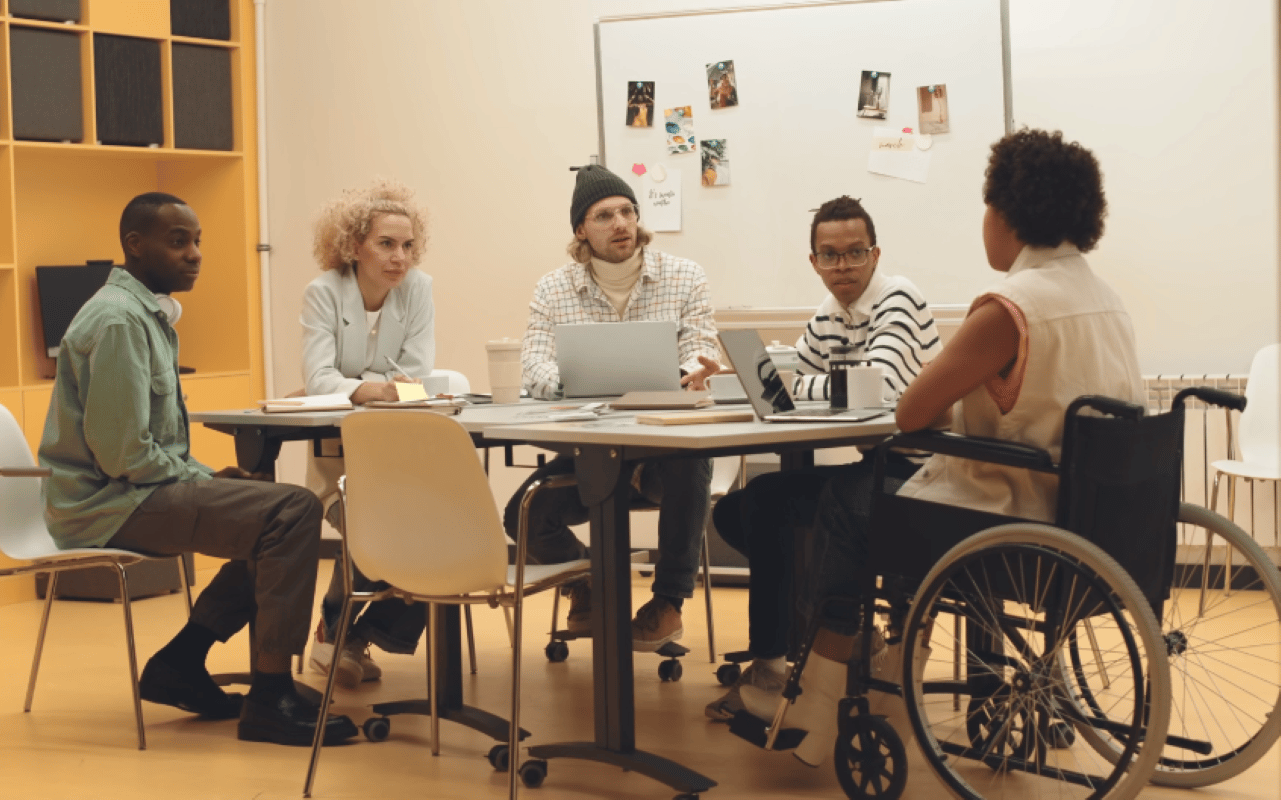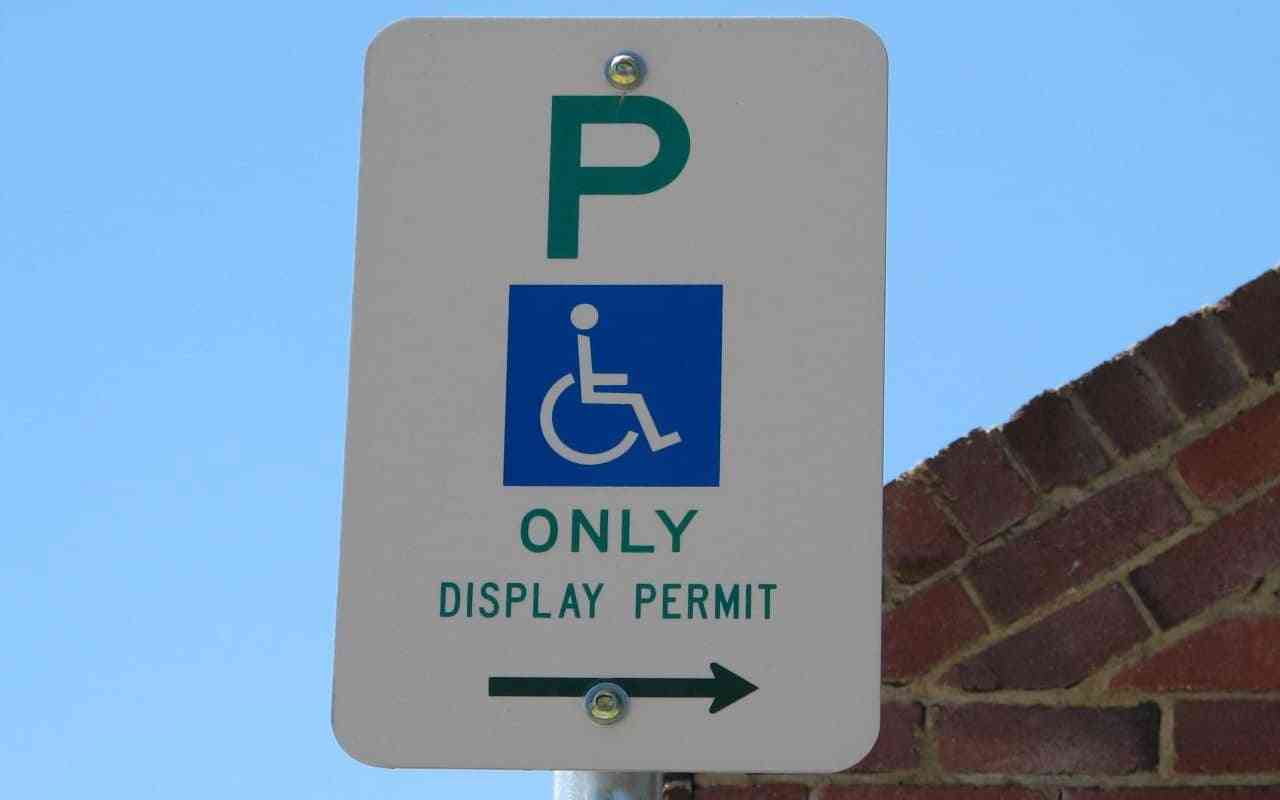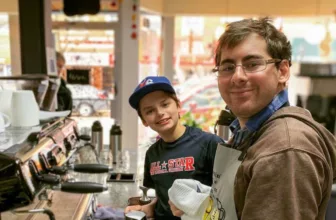
It is exciting that businesses are embracing the ever-growing conversations about Diversity and Inclusion. However, one of the largest marginalized groups of people worldwide is often still excluded from those conversations — people with disabilities.
People with disabilities are often overlooked completely in conversations and initiatives about DEI. One of the main explanations for why this occurs is that many disabilities are invisible, creating a perfect storm for exclusion.
According to the CDC, 61 million adults in the United States live with a disability, and 96% of them are unseen. That's 1 in 4 adults. Understanding this statistic creates opportunities for people to better comprehend how easy it is to accidentally overlook a whole population of people.
People with disabilities include people with any significant physical, cognitive, mental, learning, hearing, seeing, or communication impairments. Whether a person has an invisible or visible disability, another important factor to consider is that disabilities do not discriminate and are more prominent in the world than most people assume. People of every race, gender, sexual orientation, nationality, religion, income, and social class live with disabilities.
How can we have more empowered conversations about disability inclusion in DEI?
If such a large percentage of disabilities are imperceptible and various types of disabilities can affect almost anyone, how can we have more empowered conversations and initiatives around those with disabilities in DEI and in other parts of life?
1. Notice the lack of representation in DEI for those who are disabled.
First, be open to noticing that people with disabilities are not being represented and are often excluded in DEI. Note that most of the time this does not happen out of malice – it is happening due to naivety or fear. DEI professionals might not even be aware that they are missing a whole demographic unless it is pointed out to them.
Recently, while in talks with an organization about possibly joining them as a member, I inquired about their DEI efforts. While they did have many efforts in place, they had zero focus on the disabled community. After bringing up this missing group of people, they welcomed the feedback and started working on ways to improve their inclusivity model.
Change is happening because I took the time to speak up.
Speaking up was not easy for me at first as I moved into advocacy for people living with a disability, like myself. Yet, when I started to see the difference it made — even if it was small wins for the disabled community, it was worth it.
Speaking up is imperative to make change happen — even if at times it feels uncomfortable.
2. Speak up. We need you to speak up.
Second, speak up. If you notice the disabled community is being underrepresented in DEI, say something. If you notice anyone is being left out, say something.
As human beings, we are affected by the bystander effect. When we see someone in trouble and other people are around, we may assume someone else will step in and do something. We are less likely to help, speak up or do something ourselves when others are around. Over the years this has caused some preventable damage to occur to certain demographics of people.
I encourage you to always speak up, show up, and help out those in need. Don't assume someone else will do it, because everyone else is assuming the same thing. Which means no one does.
If five people are around and five people do something, it is far better than everyone assuming someone else will do something and no one actually does. It's better to have too much help.
3. Understand that the able-bodied world is not an easy place for those with disabilities.
Third, be understanding of the frustrations of those living with disabilities.
Life is beautiful and it is filled with its ups and downs and is not easy for anyone. Yet, for those of us living with disabilities, it takes quite a lot more effort just to live life day to day.
The things that many people find simple and don't even think about, many of us have to think a lot about and it is exhausting, to say the least. We always have to find ways to adapt and adjust to try to fit into an able-bodied world while looking for new and inventive ways to just get through life. We are amazing at adaptability, but we would love it if we did not always have to be.
4. Talk directly to those with disabilities like the human beings we are to get feedback about DEI initiatives.
Speak to people with disabilities and ask them what they would like to see happen with DEI efforts.
If you can speak directly with a person with a disability that wants to share feedback with you, listen and treat them like a human being.
For example, people in wheelchairs often experience people leaning over and talking to them with baby talk like they are children or talking to the person pushing them like they are not even there.
Most often this is not done with malice or to cause any harm, it is done due to a large misunderstanding about wheelchair users and people living with disabilities.
Disabled people want to be treated just like anyone else — with respect. Their disability is part of them, not their full identity.
5. Create an anonymous poll to gather information and help people feel safe when expressing their needs or opinions.
Disability transparency is a choice and there are other ways to get feedback and create change, even if not directly from a person with a disability.
Whether a person speaks publicly about their disability is a very personal decision. Sometimes people with disabilities do not want to be called out and may prefer to keep their disability private. There might not be anyone you can directly talk to about their disability and how to be more inclusive, which can make it very hard to create change.
We want to make sure that this does not stop your passion to want to help.
You can learn more about people with disabilities who are not public about them by engaging your team, company, organization, or school in a private poll where people can remain anonymous about their input.
This helps create real, transparent input that can change the lives of so many people while keeping them safe.
6. Diversity, equity, and inclusion are for everyone, every one of us.
There’s no marginalized group of people that matters more than another marginalized group of people.
We need to make sure that we are including everybody, including those with disabilities, when discussing how we can be more diverse and inclusive.
Let's keep talking about diversity and inclusion and how we can create more space for those with disabilities in those conversations and actions.
The more we talk about it, write about it, read about it, and do something about it — the more lives we change.
“I don’t need easy. I just need it possible.” – Bethany Hamilton







